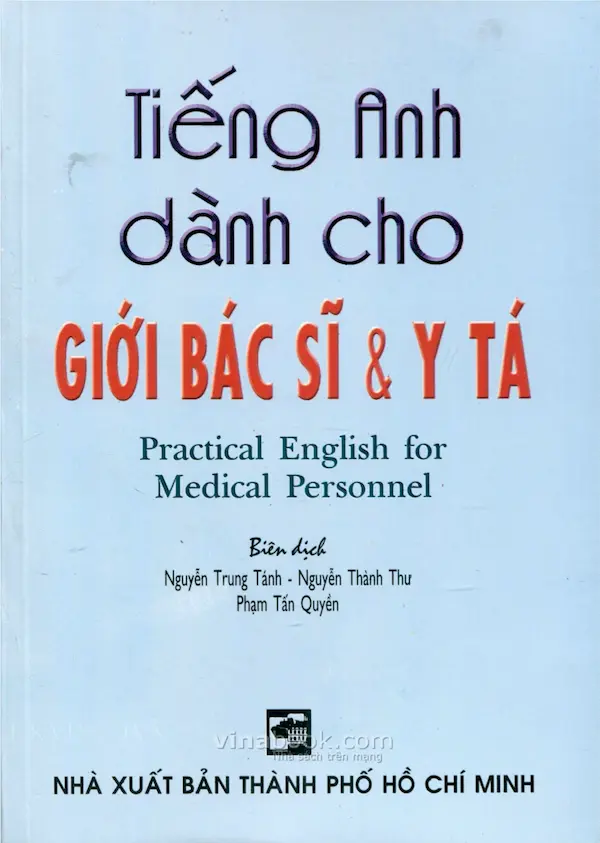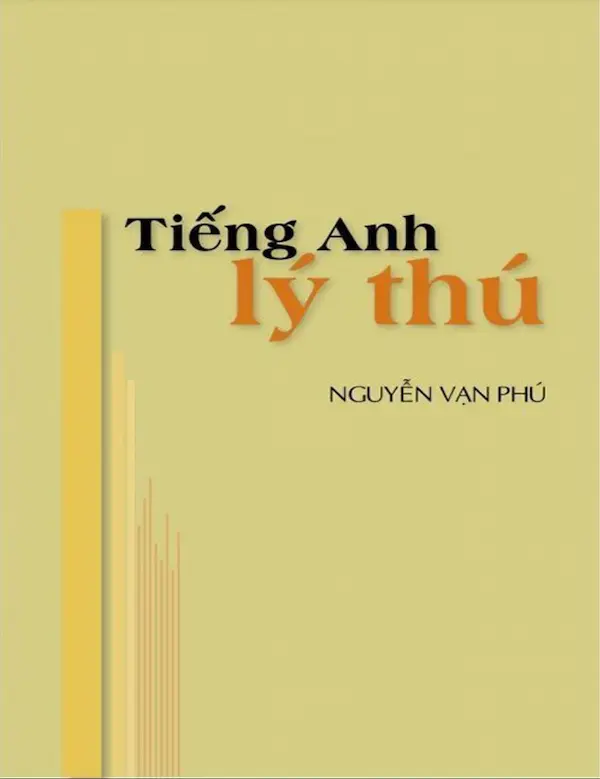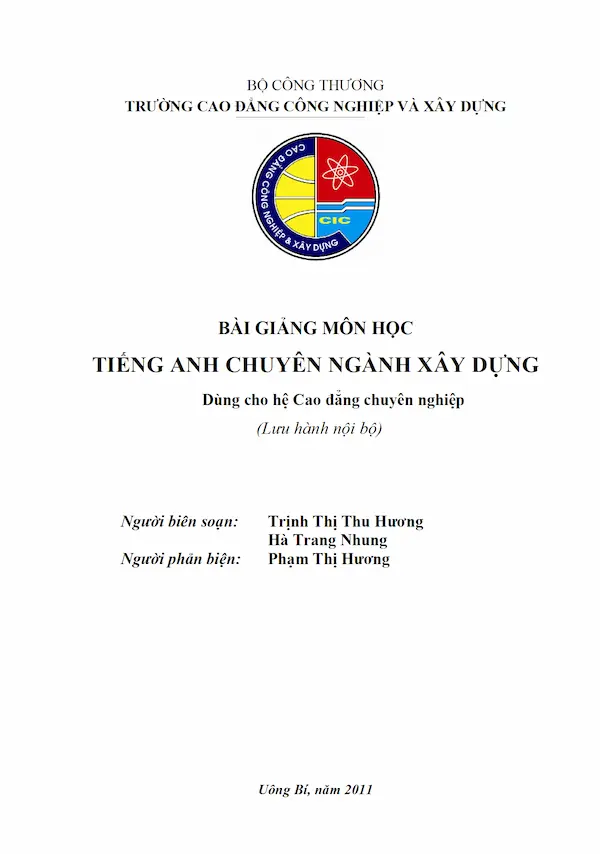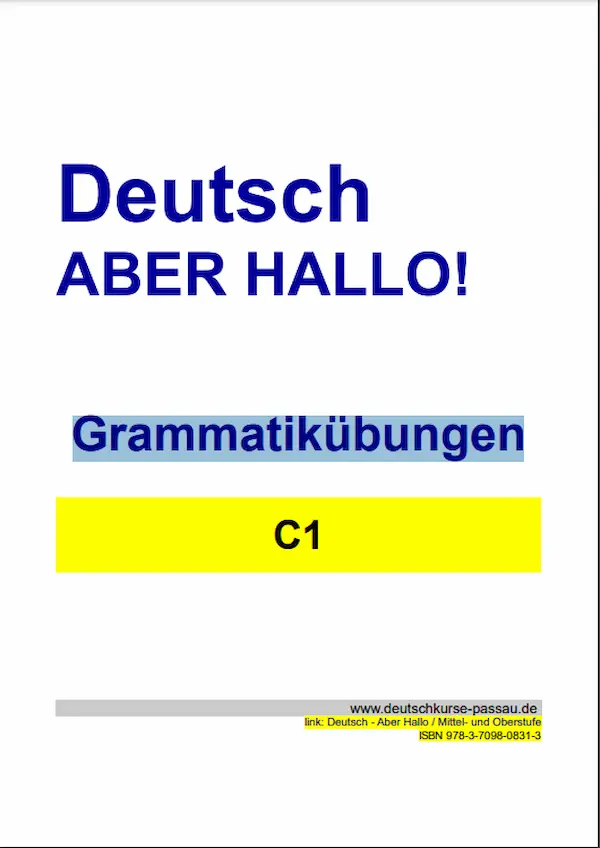
How’s your vocabulary? Is it okay, pretty good, or exceptional? Whatever your answer to these questions, this is the book for you. For those whose vocabulary ranges from okay to pretty good, here is the opportunity to improve it. The main content is grouped into sets of words that have been taken from the SAT and GRE examinations over the past 10 years. These approximately 1,500 words are expected by the examiners to be familiar in one form or another to college and graduate school applicants. They need to become familiar to you, too.
If your vocabulary is exceptional, this is the opportunity to see whether you real- ly understand what the words you think you know mean and whether you can cor- rectly use them in a sentence.
Each word comes complete with a label indicating its part of speech, at least one definition (often more), and usually at least two sentences using the word. Most entries also include synonyms and other forms of the word, such as past tense and gerund forms (for verbs) and adverbial and noun forms (for adjectives). Following each group of vocabulary words is a matching test so that you can check what you’ve just studied.
Check Appendix A for some very useful prefixes and suffixes that often affect the meanings of words. I also recommend you check Appendix B, which lists some foreign words that have insinuated themselves into the English language. These words are commonly used by the more literate among us — in addition to everyday words like sandwich, which reminds the author that he’s getting hun- gry. Read on and have an enlightening and, hopefully, enjoyable experience.
If your vocabulary is exceptional, this is the opportunity to see whether you real- ly understand what the words you think you know mean and whether you can cor- rectly use them in a sentence.
Each word comes complete with a label indicating its part of speech, at least one definition (often more), and usually at least two sentences using the word. Most entries also include synonyms and other forms of the word, such as past tense and gerund forms (for verbs) and adverbial and noun forms (for adjectives). Following each group of vocabulary words is a matching test so that you can check what you’ve just studied.
Check Appendix A for some very useful prefixes and suffixes that often affect the meanings of words. I also recommend you check Appendix B, which lists some foreign words that have insinuated themselves into the English language. These words are commonly used by the more literate among us — in addition to everyday words like sandwich, which reminds the author that he’s getting hun- gry. Read on and have an enlightening and, hopefully, enjoyable experience.





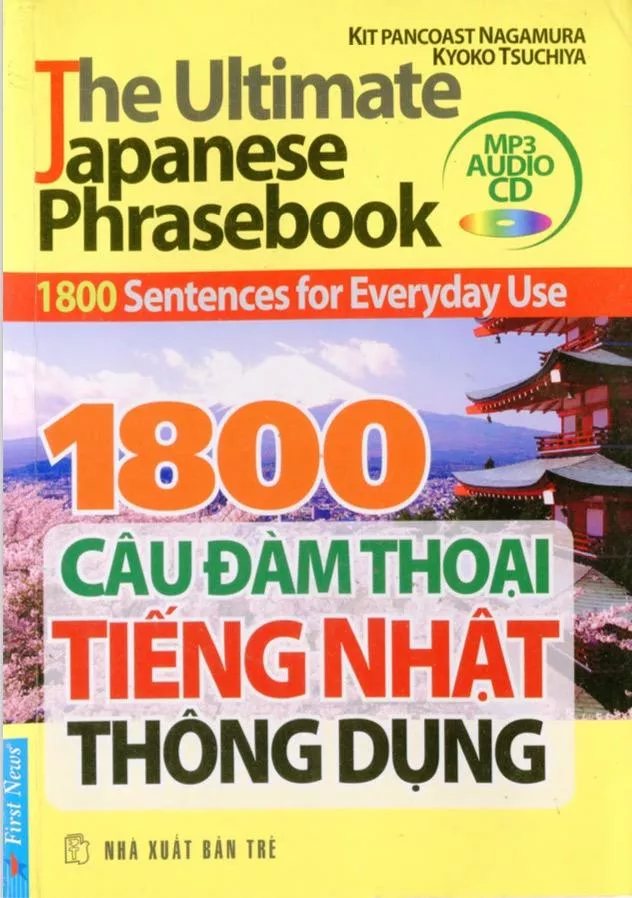


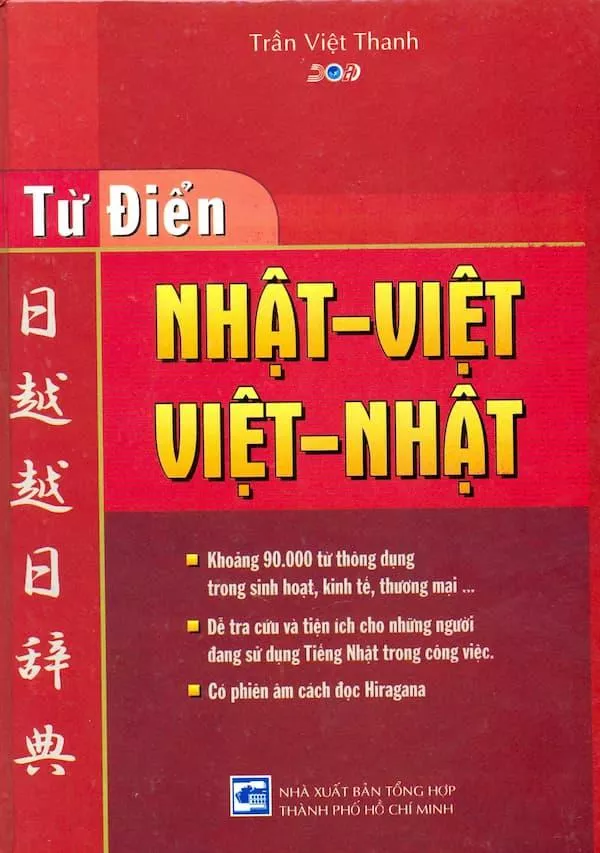


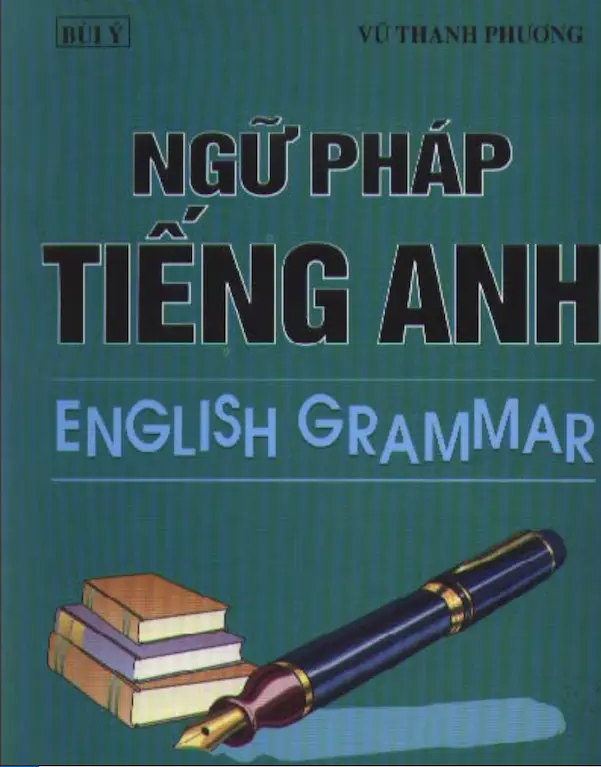
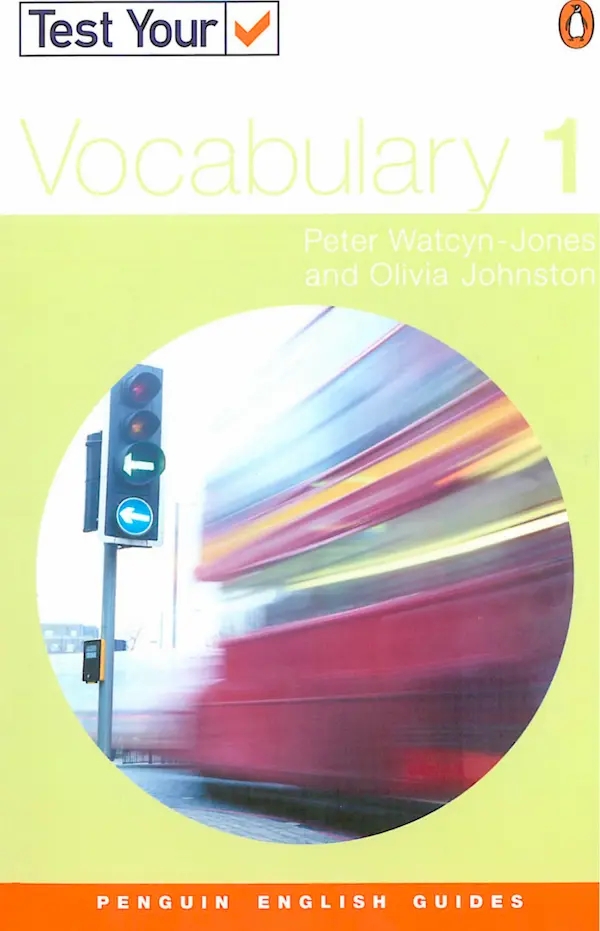
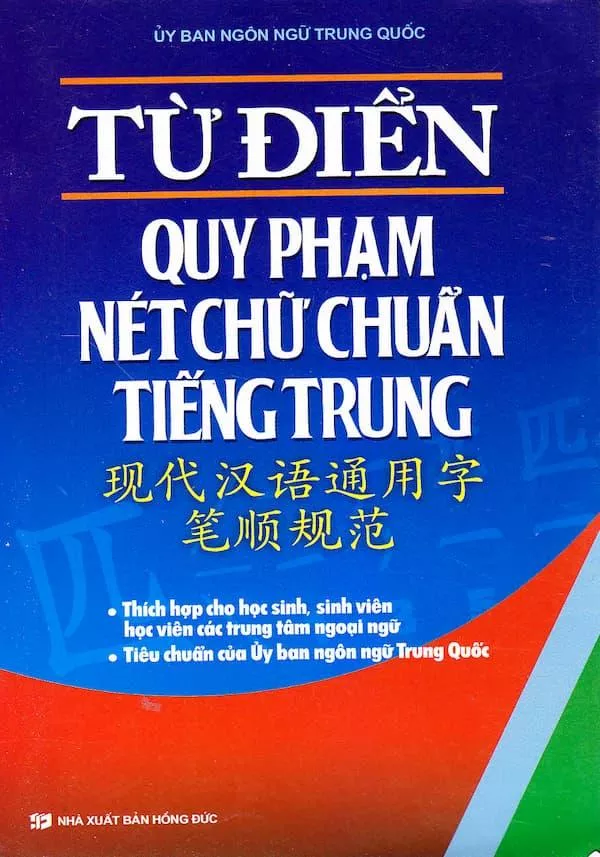

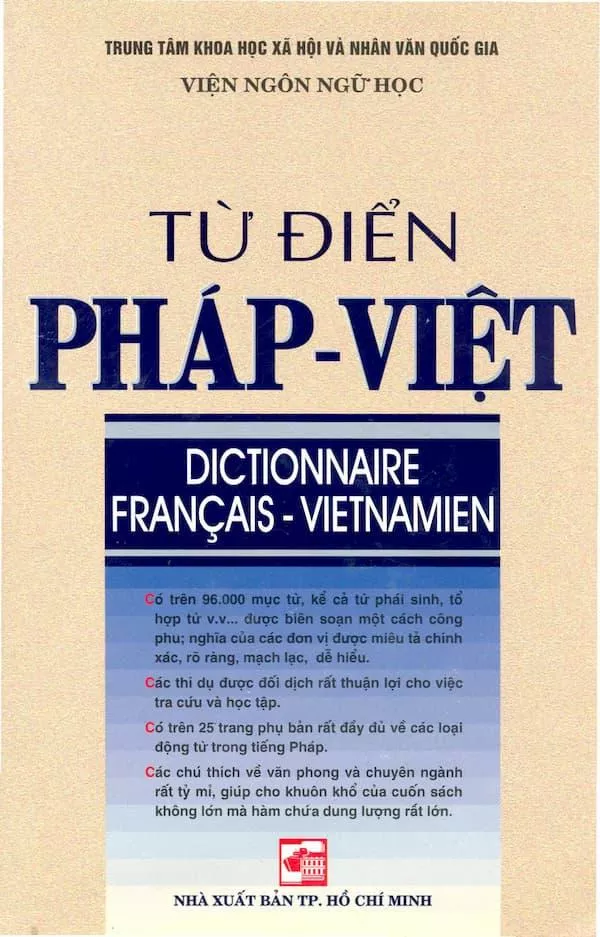
.webp)
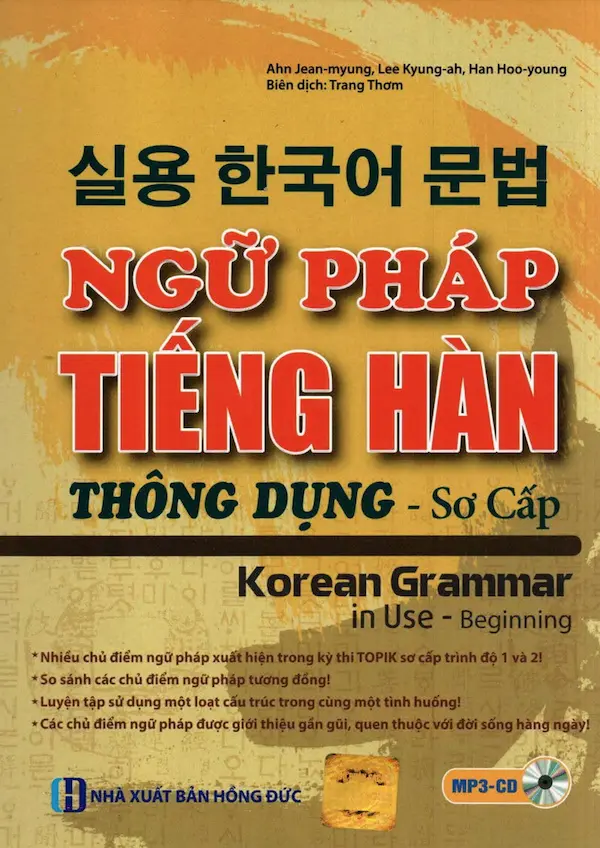


.webp)






